Industry information
Company News
- Fluorocarbon aluminum veneer: the "fashionable coat" of modern architecture
- Aluminum veneer customization: an artistic journey to create personalized spaces
- Aluminum veneer customization, creating a new trend of personalized space
- Carved Aluminum Veneer: Craftsmanship and Artistic Presentation of the Beauty of Aluminum
- Customized aluminum veneer, creating a new trend of personalized space!
Industry dynamics
- Optimization of aluminum veneer customization process flow
- Design and installation techniques for perforated carved aluminum veneer
- Fluorocarbon aluminum veneer: the new darling of the construction industry, revealing its charm!
- Aluminum veneer: the fashionable "new favorite" in architecture
- Punched aluminum veneer: the new favorite of fashionable architecture, a good helper for beautifying the environment!
Frequently asked questions
- What is the future market development trend of aluminum veneer?
- How to improve the product quality and performance of aluminum veneer?
- What is the environmental performance of aluminum veneer?
- What is the sales market for aluminum veneer?
- What are the product characteristics of aluminum veneer?
contact us
Mobile:+86 15627778610
Email: 2201229786
Address: No. 5 Binjiang Road, High tech Zone, Zhaoqing City, Guangdong Province
How does aluminum veneer affect indoor temperature?
- Author: Supreme Building Materials (Guangdong) Co., Ltd
- Release time: March 15, 2025 16:52:29
- Click:0

Aluminum veneer, as a new type of building material, has the characteristics of lightweight, corrosion resistance, thermal insulation, fire resistance, and recyclability. The impact of aluminum veneer on indoor temperature is an important issue that needs attention during its use. Below is a detailed introduction to the impact of aluminum veneer on indoor temperature.
1、 Thermal insulation performance of aluminum veneer
Aluminum veneer has good insulation performance, which can effectively prevent heat transfer and reduce indoor temperature changes. Specifically, the insulation performance of aluminum veneer is mainly manifested in the following aspects:
1. Low thermal conductivity: Aluminum veneer has a low thermal conductivity, which can effectively prevent heat transfer and reduce indoor temperature changes.
2. Good surface treatment effect: After anodizing treatment, aluminum veneer can form a dense oxide film, which can effectively prevent heat transfer and improve its insulation performance.
2、 Heat dissipation performance of aluminum veneer
Contrary to insulation performance, aluminum veneer also has certain heat dissipation properties. Specifically, the heat dissipation performance of aluminum veneer is mainly manifested in the following aspects:
1. Strong thermal radiation: Aluminum veneer has a high thermal radiation intensity, which can quickly dissipate heat and reduce indoor temperature changes.
2. Good surface treatment effect: After anodizing treatment, aluminum veneer can form a dense oxide film, which can increase its surface roughness and thus enhance its heat dissipation performance.
3、 The influencing factors of aluminum veneer on indoor temperature
The impact of aluminum veneer on indoor temperature is also influenced by the following factors:
1. Installation method: The installation method of aluminum veneer can also affect its impact on indoor temperature, such as using lifting or fixed installation methods, which need to be selected according to the actual situation.
2. Environmental conditions: The usage environment of aluminum veneer can also affect its impact on indoor temperature, such as high temperature, high humidity, etc. Aluminum veneer is prone to deformation or damage, thereby affecting its impact on indoor temperature.
4、 How to optimize the impact of aluminum veneer on indoor temperature
In order to optimize the impact of aluminum veneer on indoor temperature, the following points need to be noted:
1. Choose appropriate materials and specifications based on the actual situation.
2. For high temperature, high humidity and other environmental conditions, it is necessary to strengthen the structural design and safety assessment of aluminum veneer.
3. During the construction process, attention should be paid to the installation method and position of aluminum veneer to ensure its stability and safety.
The impact of aluminum veneer on indoor temperature is mainly manifested in two aspects: insulation performance and heat dissipation performance. Attention should be paid to relevant factors during use to optimize their impact on indoor temperature. It also needs to be selected and used according to the actual situation to ensure its stability, safety, and service life.
- previous page:Aluminum veneer customization selection guide
- Next page:Fire rating and safety of aluminum veneer

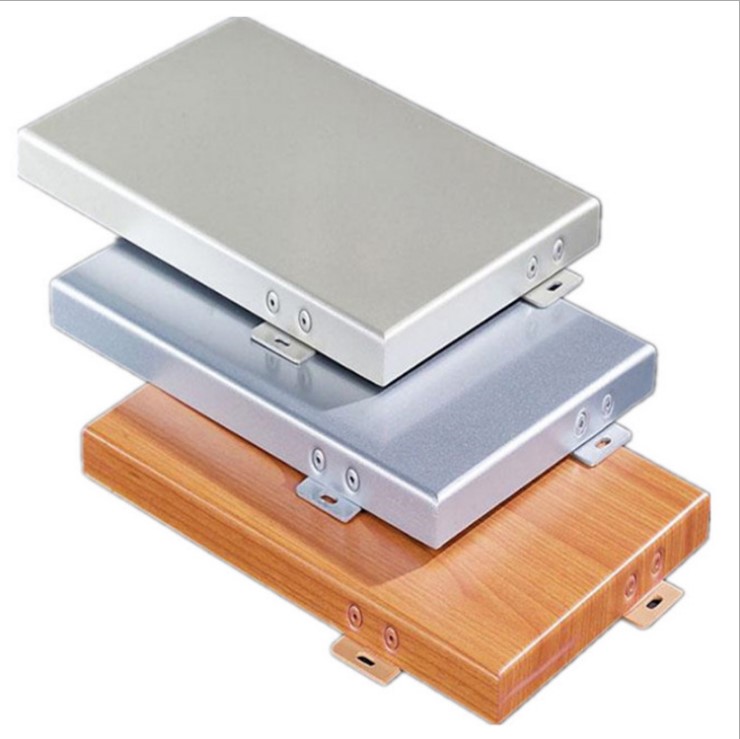

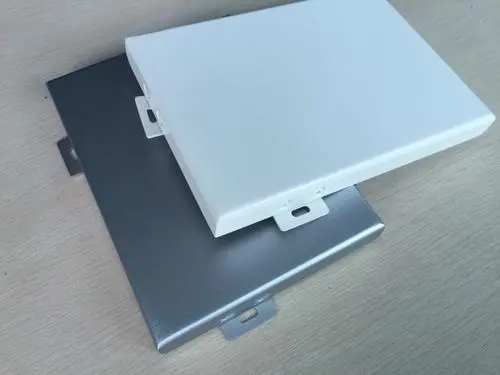
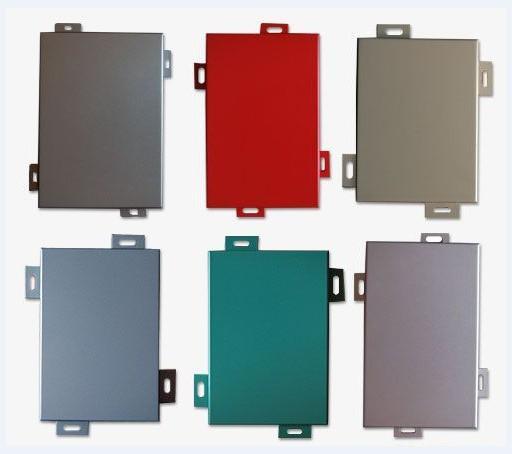
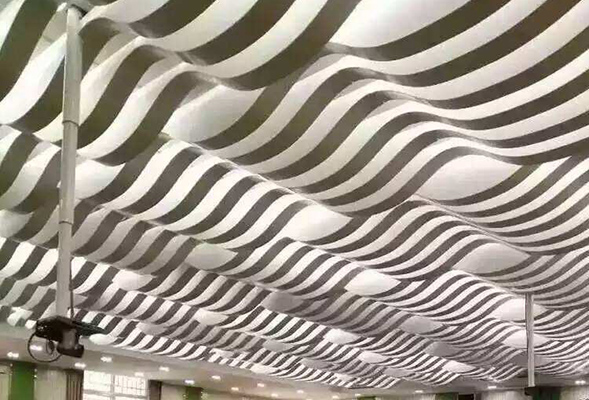
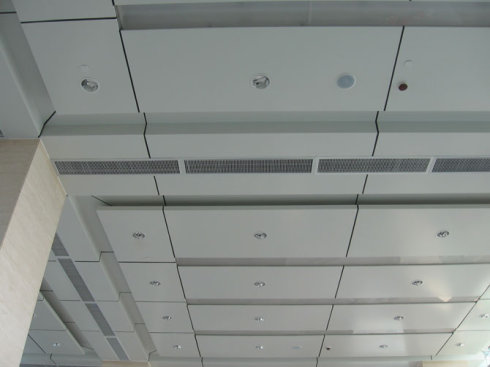
 Customer service QQ
Customer service QQ